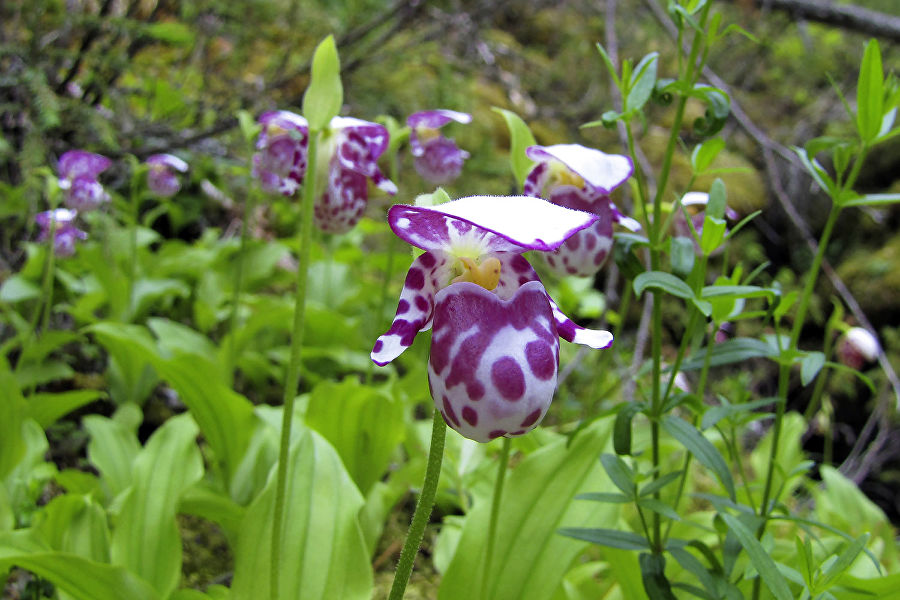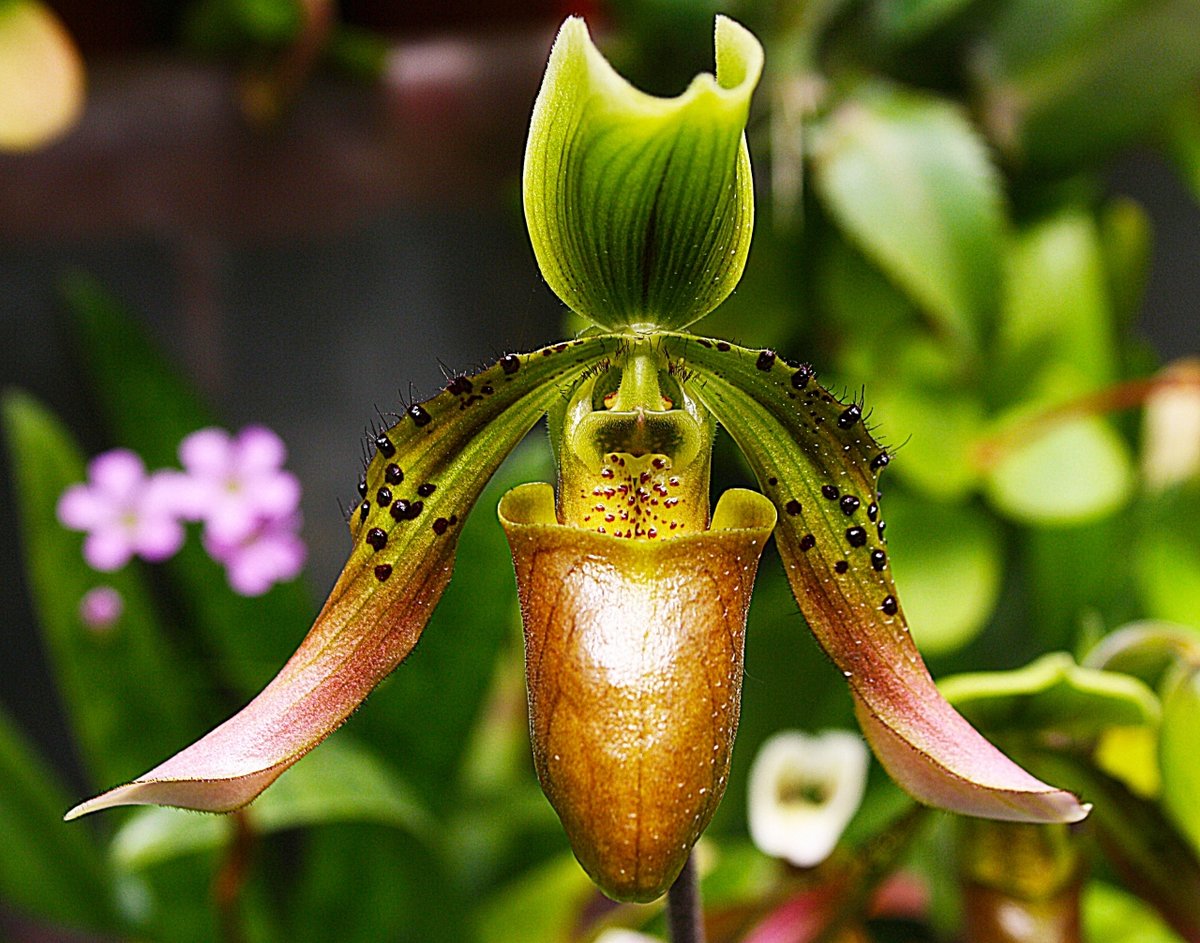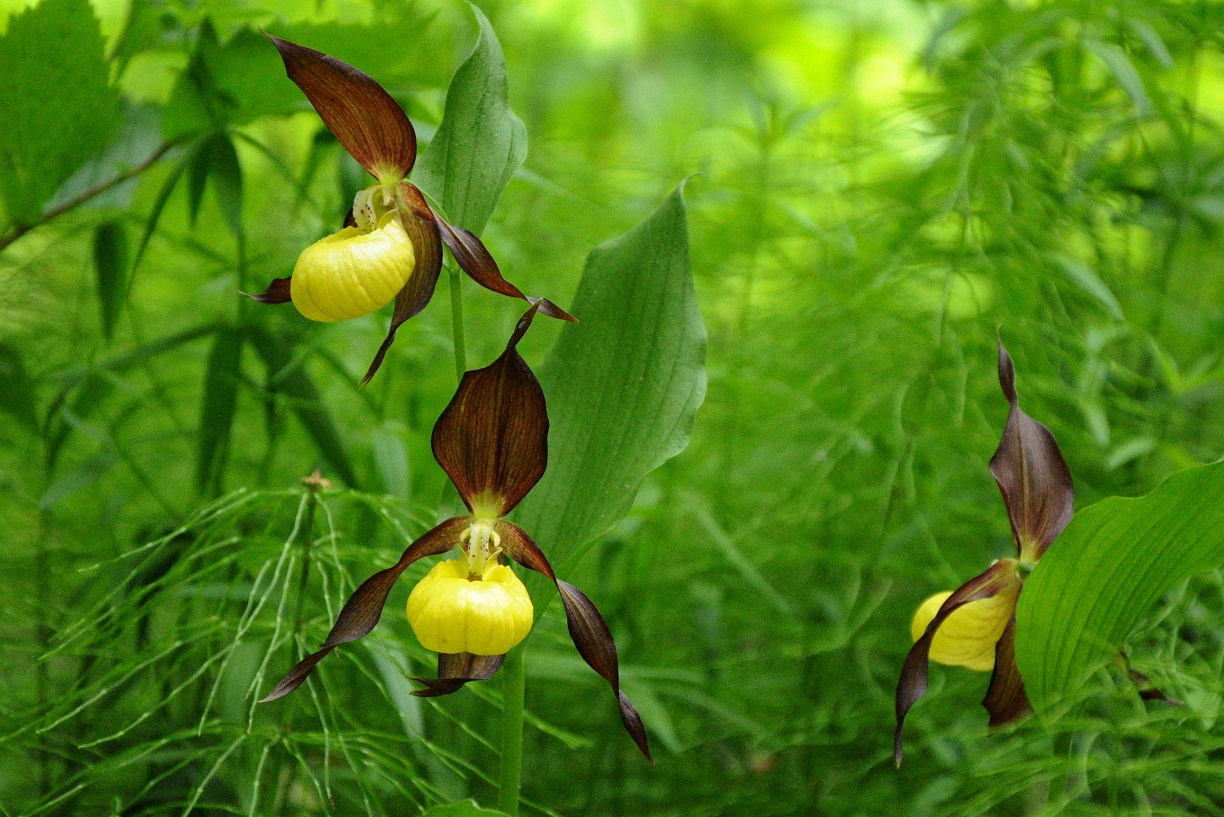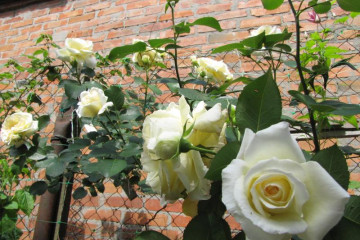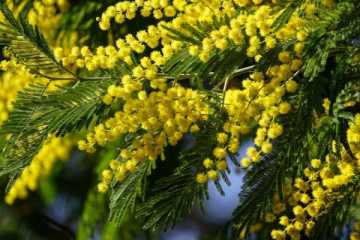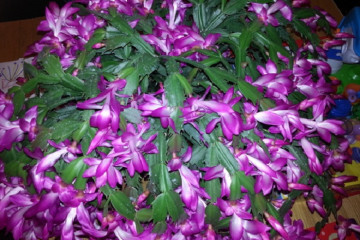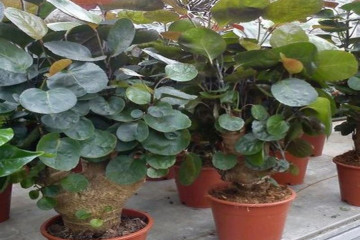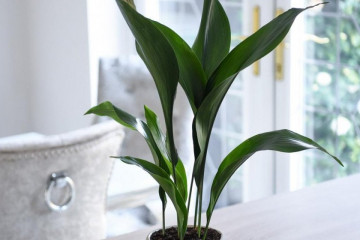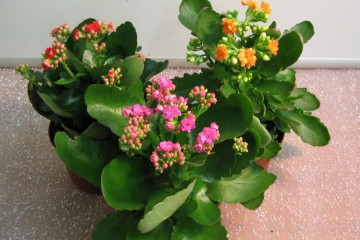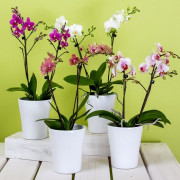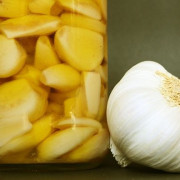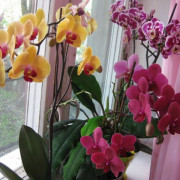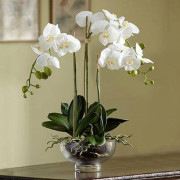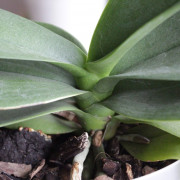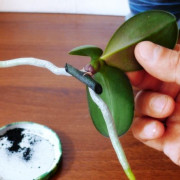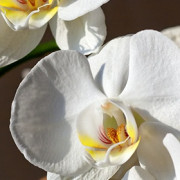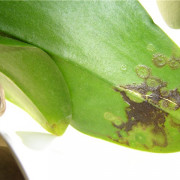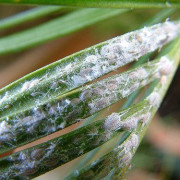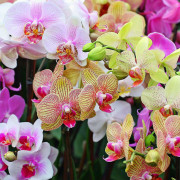Lady's slipper: popular types and conditions of flower care
Content:
The lady's slipper flower got its unusual name thanks to the ancient legend of the goddess Venus. While walking on Earth, she accidentally forgot her shoes in the forest. After a while, they turned into beautiful flowers that stand out brightly against the background of other vegetation.
Description of the flower lady's slipper
The lady's slipper (Cypripedium Calceolus in Latin) is a perennial herb. It has a round succulent stem with pubescence, reaching a height of half a meter, on which the leaves are oblong with a pointed end, on which there are rosettes. The rhizome is short with many root branches. The stem is bright green, the leaves are green with a whitish-gray tint or a marbled pattern.
From each leaf rosette, a peduncle 30-40 cm long departs, at the end of which one or several flowers bloom. The petals are folded together with the sepals into a kind of bag, while several petals frame the bud and look like ribbons on a shoe.
The color of this flower is quite varied: you can find bright yellow, pale pink, purple, red, white or greenish brown specimens. Stripes or specks of a brighter shade can often be seen on the petals.
Interesting facts about the lady's shoe
Many amazing legends are associated with the origin of this flower. In each region of growth (and there are several of them in the shoe type orchid - Europe, Siberia, South Asia, North America) there is its own version of the emergence of this plant on Earth and several of its names.
For example, you can find the following names:
- ladies' shoes;
- boots of the virgin;
- cuckoo shoes;
- Adam's head.
A few more interesting facts about this flower:
- there are no additional substances in the seeds of the lady's shoe, which is why they cannot germinate on their own. Their development begins only in symbiosis with mushroom hyphae, which penetrate the seed and activate the development process in it;
- within 3-4 years after the onset of symbiosis, the seed develops in the soil. Only in the fourth year do the first shoots appear;
- for animals and birds, the sap of a plant can be poisonous, but people use it for medicinal purposes.
The main types and varieties of plants
Not all of the species of the lady's shoe found and described centuries ago can be found in nature today. Many of them have been lost, but others have been successfully cultivated and are now being grown at home.
Common types of lady's shoe, both in nature and in floriculture:
Present
The lady's slipper, called the real one, can be found in forests and swamps or in the flower beds of folk healers. It is believed that the juices of this plant can cure many mental illnesses and migraines. You can distinguish the species by the color of the flower - a bright yellow basket with brown outer petals.
Paphiopedilum Maudiae
One of the most popular hybrids among florists. The stalk is low with one large flower and a neat rosette of dark green leaves. The color of Maudi's shoe is juicy green with white; you can see specks inside the bud and light streaks on the leaves.
Paphiopedilum Delenatii
This is a plant with oblong fleshy green leaves, peduncles up to 40 cm high, at the ends of which 1-3 large flowers bloom. The petals are painted in a milky color, the shoe itself is pale lilac with a dark burgundy or purple lip. During flowering, the papiopedilum Delenati orchid exudes a pleasant sweet scent.
Large-flowered
This type of lady's shoe rightfully bears this name, since its flowers can reach up to 10 cm in diameter. Their color, depending on the variety, varies from pink to dark red, as well as white. Only one flower blooms on a short peduncle - a bright spot among the dark green striped leaves of the plant.
Paphiopedilum Rothschildianum
Another large-flowered type of orchid shoes, the flower diameter of which reaches 30-45 cm. On one peduncle, up to four inflorescences can bloom at the same time. Their color varies from yellow-green to cream, there are bright purple stripes on the upper petals, the lower ones are covered with a yellow-red gradient.
An interesting look to the flower is given by the side striped petals of a pointed shape, spread like the wings of an exotic insect.
The papiopedilum class includes many more species, hybrids and varieties. Progressive technologies have made it possible to bring out the most unpretentious in home care and often blooming. They can be found on the shelves of flower shops. In the wild, you can't dig up a lady's slipper, it's illegal.
Paphiopedilum: home care
The slipper orchid, provided that it is properly planted and cared for, can also be grown at home. If you plan to plant the plant in the ground, then it should be a shaded place. In the case of an apartment flower garden, it is worth choosing a fairly wide pot or flowerpot, since the root system of the pafiopedilum is horizontal.
Classic home care for any flower usually includes frequent pest control and disease prevention. But the lady's slipper is practically not susceptible to diseases of ordinary indoor plants, and they need to be protected only from the spider mite (the absence of which is ensured by ordinary regular care of the flower).
Important conditions for growing a lady's shoe:
- lighting. These flowers are shade-loving. Direct sunlight should be avoided even in winter. If the orchid is kept in the apartment, it can be placed in the back of the room away from the window, provided there is uniform artificial lighting. For a street flower bed, a place under a spreading tree or in the constant shade of a building is suitable;
- temperature and humidity.The universal temperature regime for growing venereal shoes in the main period is 18-25 ° C, in winter - at least 10 ° C, in summer - no more than 33 ° C. At the same time, the air should be of high humidity, that is, regular spraying of the flower is recommended, especially in the hot season;
- watering. The substrate (or soil) should never dry out; the plant should be watered especially abundantly in the summer. It is better to settle the water so that it reaches room temperature. At the same time, moisture should not fall on the base of the stem, otherwise it will rot;
- soil and fertilizing. The ideal option in the case of orchid flowers would be a substrate that contains moss, pieces of bark, and charcoal. Large particles should be at the bottom of the container or hole, small substrate - higher. Top dressing is carried out in all seasons except winter once every two weeks with the usual complex mineral fertilizer.
It is worth remembering that in garden and indoor conditions, different types of orchids can feel differently. There are more thermophilic flowers that will not bloom outside, but there are more resistant to weather conditions. For the garden, it is worth choosing those varieties of Venus shoes that naturally grow in the planting region.
For wintering, it is important to cover the landing site of the lady's shoe with dry straw or pieces of foam or other insulating material. In this case, the influence of strong wind on the plant should not be allowed.
Blooming Lady's Slipper
The flower, called the lady's slipper, has a long flowering period, from several months to all year round, depending on the variety. To ensure the development and blooming of flowers at home, several important nuances must be observed.
The papiopedilum orchid blooms after a dormant period. First, a peduncle appears from the center of the leaf rosette, then either one flower blooms on it (not fading within 2-4 months), or several flowers alternately (within 6-7 months). One peduncle is capable of producing flowers only once, so it is pruned at the end of the flowering period.
During the dormant period, starting from October-November, the plant should be kept at a temperature of no more than 15 ° C. At the same time, the substrate is simply sprayed with warm water, no top dressing is performed. This mode is especially important for shoes with spotted leaves, since improper hibernation can lead to the fact that the flower does not bloom. The dormant period ends when the pedicel appears.
Breeding options for pafiopedilum
In nature, the slipper orchid reproduces with the help of seeds. They ripen in flower towards the end of summer and look more like fine pollen. Despite their huge number, only a part will reach the soil and settle in it, the rest will simply scatter in the wind.
It can take more than one year from the moment it enters the soil until the beginning of germination of the seed. Therefore, in the home and garden conditions, the lady's slipper reproduces by dividing the bush.
The principle of reproduction of a flower by division:
- the slipper should be seated after the formation of many outlets;
- in each pot there should be at least three leaf sockets;
- a good time for this procedure is the beginning of a rest period;
- part of the separated rhizome is planted shallowly into the soil, sprinkling with earth;
- it is important that a certain number of daughter buds remain on the separated part;
- the planting process should be done as carefully as possible, since any damage to the rhizome and other parts of the plant can lead to the development of rot and its death;
- the planted part is prepared for flowering immediately after wintering, when it is able to grow a new peduncle.
Growing the type of lady's slipper in indoor or garden conditions is not an easy task, but within the power of an experienced florist. The main task is to create conditions as close as possible to the natural habitat of the plant. And timely and competent care will help to achieve regular long-term flowering of the lady's shoe.


